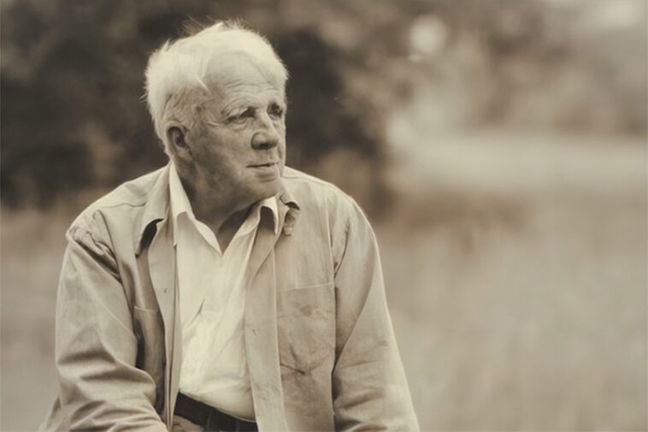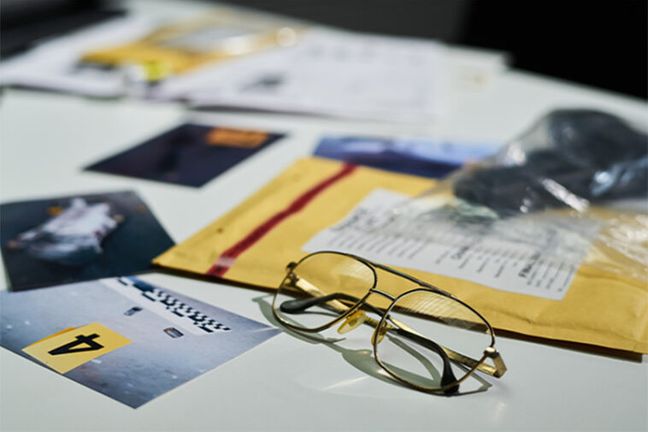What Happened
After a six-week trial, a California state court jury awarded $18.8 million to a 24-year-old man who alleged he developed cancer (mesothelioma) from exposure to asbestos in Johnson & Johnson’s talc-based baby powder.[i]
The jury heard plaintiff’s mother testify she used large amounts of J&J’s baby powder on her son when he was an infant and through childhood. She wept as she described her son’s terminal illness.
In closing arguments, plaintiff’s attorneys accused J&J of a “despicable” and decades long coverup of asbestos contamination in its talc-based products.[ii] J&J’s attorneys argued there was no evidence linking plaintiff’s rare type of mesothelioma to asbestos or proving plaintiff was ever exposed to tainted talc. J&J’s lawyers had noted many of the stores where plaintiff’s mother claimed she regularly bought J&J’s baby powder were more than 100 miles from her home. The jury awarded plaintiff damages for his medical bills and pain and suffering but declined to award punitive damages against J&J.
J&J’s vice president of litigation said the company would appeal, calling the verdict “irreconcilable with the decades of independent scientific evaluations confirming Johnson’s Baby Powder is safe, does not contain asbestos and does not cause cancer.”[iii]
In April (a few months before the verdict), J&J filed for bankruptcy through a subsidiary, so most litigation has been halted during the bankruptcy proceedings. However, plaintiff’s case proceeded to trial because of his terminal condition and the rare form of his mesothelioma.
Applying the Nuclear Verdicts® Defense Methods
The Nuclear Verdicts® Defense Methods are tools defense lawyers can implement to stop the proliferation of Nuclear Verdicts®. Such tools include accepting responsibility, always giving a number, arguing pain and suffering, and personalizing the corporate defendant. It is unclear if J&J’s counsel employed any of these methods. Because the underlying concepts related to the Nuclear Verdicts® Defense Methods show you care and work to establish an emotional connection with the jury, this case naturally lends itself towards using the methods.
This is a sad case. Plaintiff was diagnosed in 2022 with pericardial mesothelioma, a terminal lung cancer.[iv] Plaintiff’s doctors initially expected plaintiff would not live past December 2022. As noted above, the jury heard plaintiff’s mother cry as she described her son’s disease. A grieving mother’s young son was dying. The emotions in the courtroom were surely strong, and they were heartbreaking.
Defense lawyers need to acknowledge those feelings in the courtroom. Generally, the defense focuses on arguing liability and the law and the facts. However, the defense should show they care. Not just because that will help defuse jury anger, but because trials like this are “about real people, with real loss, and real heartache.”[v]
If appropriate, the defense may want to apologize. There is no perfect time to apologize or special words that should be used. As Robert Tyson explained, “[T]here is only one way to apologize in a jury trial: Only if you mean it…. Anything less than a heartfelt, honest apology will be hollow. It will not be effective and it will negatively impact your credibility with the jury.” [vi]
Showing you care also helps the defense make an emotional connection with the jury because it demonstrates the defense is sensitive to the real loss and heartache the plaintiff and family are experiencing in tragic cases like this one. Aristotle offered the following formula for effective persuasion: credibility, rational appeal, and emotional connection.[vii] “[E]ven if the jurors are willing to accept what the defense (or plaintiff) presents, and the rational appeals are described in a compelling way, most cases turn on the emotional connections. Data suggest that about half of the world approaches decisions from a thinking perspective, but half (including slightly more women than men) approach them from a feeling perspective.”[viii] While the former are guided by rules and criteria in making their decisions, the latter base their decisions more on values and gut feelings.[ix]
Takeaway
Plaintiff’s case against J&J is a sad one, and plaintiff’s grieving mother describing to the jury her son’s life-ending disease was surely stirring and heartbreaking. The defense must not focus solely on arguing and advocacy, they must realize that emotional cases like this involve real people, with real loss, and real heartache. The defense must acknowledge those feelings in the courtroom, be sympathetic, and offer a heartfelt apology if appropriate. This will demonstrate to the jury the defense understands these are human moments, and no matter what caused plaintiff’s terrible disease, they care.
Keep Reading
Sources
[i] Siegel, David, California Jury Awards $18.8M In First Post-Bankruptcy Johnson & Johnson Talc Trial, CVN, (July 19, 2023), https://blog.cvn.com/breaking-jury-awards-18.8m-in-first-post-bankruptcy-johnson-johnson-talc-trial.
[ii] Pierson, Brendan, J&J must pay $18.8 million to California cancer patient in baby powder suit, Reuters, July 18, 2023, https://www.reuters.com/legal/jj-must-pay-188-mln-california-cancer-patient-baby-powder-suit-2023-07-18/.
[iii] Siegel, supra note i.
[iv] Bronstad, Amanda, California Jury Hits J&J With $18.8M Verdict in Rare Talc Trial, July 18, 2023, Law.com, https://www.law.com/njlawjournal/2023/07/19/california-jury-hits-jj-with-18-8m-verdict-in-rare-talc-trial-399-99208/
[v] Tyson, Robert, Nuclear Verdicts: Defending Justice for All (2020), p. 74.
[vi] Id. at p. 72.
[vii] Duboff, Rob and Neufer, Nancy, Scoping the Juror’s Head – What’s Going on in There? originally published in The National Law Journal; https://hawkpartners.com/trial-consulting/scoping-the-jurors-head-whats-going-on-in-there/#:~:text=The%20Power%20of%20Emotion,blend%20of%20logic%20and%20emotion.
[viii] Ibid.
[ix] Ibid.


 Author: Brandon Kerr
Author: Brandon Kerr
 Editor: Grace Shuman
Editor: Grace Shuman
 When Roads Diverge in the Wood: the Power of Risk in Building a Fulfilling Career and Stopping Nuclear Verdicts®
When Roads Diverge in the Wood: the Power of Risk in Building a Fulfilling Career and Stopping Nuclear Verdicts®
 Ask Atty: Scott Ruksakiati
Ask Atty: Scott Ruksakiati
 “Building” a Better Plan for Design Professional Expert Witnesses: Theater Patrons Trapped in Elevators After Architect’s Failure
“Building” a Better Plan for Design Professional Expert Witnesses: Theater Patrons Trapped in Elevators After Architect’s Failure
 Actions With Far-Reaching Consequences: Brody v. Hoch, Non-Resident Jurisdiction, and the “Long Arm” of the Law
Actions With Far-Reaching Consequences: Brody v. Hoch, Non-Resident Jurisdiction, and the “Long Arm” of the Law
 A First-Generation Lawyer’s Inspiration to Practice
A First-Generation Lawyer’s Inspiration to Practice
 Lights, Camera… Courtroom? Why Hollywood Stereotypes About Court Are Not All They Are Cracked Up To Be!
Lights, Camera… Courtroom? Why Hollywood Stereotypes About Court Are Not All They Are Cracked Up To Be!
 The Backbone of the Courtroom
The Backbone of the Courtroom
 Colorado’s Statute of Limitations: No Exceptions for Delayed Grief
Colorado’s Statute of Limitations: No Exceptions for Delayed Grief
 From Pro Bono to Insurance Defense: A California Lawyer’s Path
From Pro Bono to Insurance Defense: A California Lawyer’s Path